What is a Wireless Sensor Network (WSN)?
Wireless Sensor Network (WSN) is a simple wireless-based network that doesn’t require infrastructure and it is applied in several wireless-based sensory devices with an ad-hoc type of network configuration. The primary roles of these WSNs are as follows:
It is utilized to track any activities in a considered system.
It is utilized to track any physical parameters by integrating with many hardware.
It is utilized to track any kind of factors like pressure, temperature, etc in our environment.
What are the Types of Wireless Sensor Networks?
The most common types of WSNs are given below.
Underwater WSNs
Mobile WSNs
Terrestrial WSNs
Underground WSNs
Multimedia WSNs
Underwater WSNs
Water is the earth's resource that occupies over seventy per cent of space. This type of Underwater WSNs will be deployed in underwater conditions with several autosomal vehicles and sensor nodes. These autosomal vehicles will be utilized to gather data from the deployed sensory devices in underwater conditions. The sensors deployed will usually be less power restricted battery which doesn’t allow for the recharge or replacement.
Mobile WSNs
As the name suggests, these Mobile WSNs are always mobile (i.e.) it is designed to move on its own in order to manipulate, communicate, and sense various data that got gathered from the deployed sensor nodes. As these types of WSNs offer mobility for data gathering, it is able to cover a vast amount of area than the conventional non-moving WSNs along with the improvisation in terms of energy.
Terrestrial WSNs
As the name suggests, these Terrestrial WSNs are always deployed in terrestrial lands. These Terrestrial WSNs are utilized for communications taking place in various base stations for efficient data gathering. These WSNs are deployed on a basis of two ways- structured or unstructured way. It is powered with solar alternative power in order to serve as a secondary battery source to overcome all power-based issues.
Underground WSNs
Unlike the terrestrial WSNs, these types of WSNs are deployed in areas below the terrestrial land, which makes the deployment cost high. These underground WSNs consist of numerous sensing nodes that are hidden underground. This type of WSN has low-grade batteries that possess less capability to recharge. It is not widely used as it has many limitations in the data gathering.
Multimedia WSNs
The Multimedia WSNs are the sensory devices that aim to gather data through the tracking of various environmental parameters by the integration of multimedia equipment like mics and cameras. It gathers data in the formats of image or audio or video depending upon the requirements. The area of deployment is diverse as it can be used in sectors like the military, health care, surveillance, etc.
Also read : Wireless Sensor Network Projects with Source Code in MATLAB
What are the major elements of a Wireless Sensor Network?
The major elements of a typical WSN are listed one by one.
Sensors- Sensors or Sensory equipment are utilized to record the variables in any environmental conditions to gather the intended data. Signals from these sensors will get transformed into electrical typed signals.
Radio Nodes- These Radio Nodes are utilized to gather the data sensed from the sensory equipment and transmit those data to an access point in WLAN mode. It usually comprises a transceiver, microcontroller, power source, and external storage.
WLAN Access Point- An access point is established to gather the data that was wirelessly transmitted from the previous element, commonly via the web.
Assessment Software- The data that got transmitted from the established access point will be processed with any Assessment Software. The data from this software will be utilized to present the document to the consumer for further data processing.
What are the various Application sectors of a Wireless Sensor Network?
The possible application sectors of a Wireless Sensor Network are listed one by one.
All kinds of Military-oriented utilizations
All kinds of Internet of Things (IoT) utilizations
Agricultural development
Tracking and Monitoring to maintain security and identify all possible threats
Measuring the level of noise in a surrounding
Measuring Environmental factors like air pressure, temperature, and humidity,
Medical utilizations including but not limited to the diseased person tracking
Transportation operations
Identification of Landslides
Benefits of Wireless Sensor Networks
The wide utilization of Wireless Sensor Networks are because of the following benefits:
It is able to be flexible for any kind of physical splitting.
It doesn’t require any wire work.
It is applicable for usability in un-feasible locations like the mountains, sea, very deep forest areas, rural areas, etc.
It imparts easier accessibility through its universal display device.
It has a lower deployment cost.
It has the capability to lodge new equipment irrespective of time.
Research Gaps for Wireless Sensor Network Projects Topics
Though Wireless Sensor Networks impart numerous benefits, it also has the following issues in which various projects could be implemented:
Topology problems
Design problems
Miscellaneous problems
Topology Problems
The following are the topology problems in WSNs:
Coverage Topology
Sensor Holes
Geographic Routing
Design Problems
The following are the design problems in WSNs:
Transmission Media
Reduced latency
Scalability
Coverage issues
Fault
Miscellaneous Problems
The following are the miscellaneous problems in WSNs that affects its performance:
Outlines for Medium Access
Low performing OS & Hardware in WSN
Implementation level issues
Low-grade Middlewares
Bad Wireless Radio Communication
Less effective Architecture
Reduced Calibration
Querying and being database-oriented
Improper Network Layer
Confinements
Out of Sync issues
Improper Transport Layer
Improper Data distribution
Improper Data gathering
Also read : Arduino Based Mini Projects for ECE
Few Wireless Sensor Network Projects
Some of the Wireless Sensor Network projects topics are discussed below to guide those who desire projects in this area.
Designing the Smart Agricultural System with LoRa-based WSNs
Energy-aware Resource Delegation for Energy Harvesting in WSNs
Design of Wireless moded Communication Networks using Neutralized Energy WSN with SWIPT
Augmenting the Lifetime of WSN by LEACH Protocol Improvement
Designing the Smart Agricultural System with LoRa-based WSNs
Smart Agricultural System with LoRa-based WSNs could be designed and deployed for monitoring the various parameters in an agricultural farm to increase the crop productivity.
Energy-aware Resource Delegation for Energy Harvesting in WSNs
A energy-saving yet effective resource allocating system could be developed to reduce the energy concerns of WSNs.
Design of Wireless moded Communication Networks using Neutralized Energy WSN with SWIPT
Effective Wireless moded Communication Networks could be made possible by the neutralization of the energy in WSN with the help of the SWIPT method.
Augmenting the Lifetime of WSN by LEACH Protocol Improvement
The LEACH Protocol could be improved to augment the lifetime of WSN by lessening the delay time of the packets for the benefit of sectors like agriculture and Health care.
What is Arduino?
Arduino is an open-sourced electronics-based platform that is built on software and flexible hardware. The Arduino boards are useful for recognizing inputs like light, a Twitter message, a finger, etc. and for the conversion of inputs into intended outputs like motor activation, online publishings, switching on LED, etc.
Few Wireless Sensor Network Projects using Arduino
Some of the Wireless Sensor Network Projects using Arduino are discussed below to guide those who desire these projects.
Adjusting Bed of a Diseased Person via Image Processing-based Gesture Arduino powered Recognition
Edge Computing dependent Smart Manhole Covering System towards the Smart City Facility
Prior Management of Quality of Raw Milk by using an Arduino powered Identification System
Adjusting Bed of a Diseased Person via Image Processing-based Gesture Arduino powered Recognition
The beds of a diseased person in the hospitals could be implemented by designing Arduino powered Recognition system based on the concept of Image processing.
Arduino powered Wearable Sensing Equipment to Uninterrupted Monitoring Of Heart-related Activities while in Sleep
An Uninterrupted Monitoring of the heart-related activities during the sleeping time could be achieved by designing an Arduino powered Wearable Sensing Equipment.
Edge Computing dependent Smart Manhole Covering System towards the Smart City Facility
To reduce the accidents created because of several manholes, a covering system powered by Arduino could be designed as a smart city facility.
Prior Management of Quality of Raw Milk by using an Arduino powered Identification System
The quality of raw milk could be managed prior to any adverse effects by using an Arduino powered Identification System that will be able to identify every factor causing the sudden contamination of the raw milk.
Successful Implementation of Wireless Sensor Network-based Projects
By mere referral to the above topics, no one can finish their projects. So, the engineering-based students should co-ordinate with any expert, who might be your guide or else a project institute, who could help you finish your project successfully.
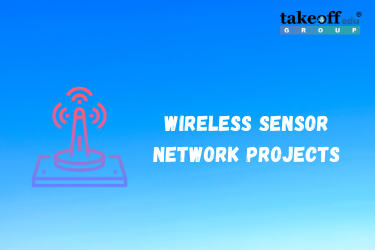
 Smart Irrigation with Embedded AI: Digital Farming
Smart Irrigation with Embedded AI: Digital Farming  Designing Smarter Cities: Embedded IoT Systems for Urban Innovation
Designing Smarter Cities: Embedded IoT Systems for Urban Innovation  Top 5 PIC16F77A Projects for Embedded Students
Top 5 PIC16F77A Projects for Embedded Students  Top 7 Arduino Projects for Students
Top 7 Arduino Projects for Students 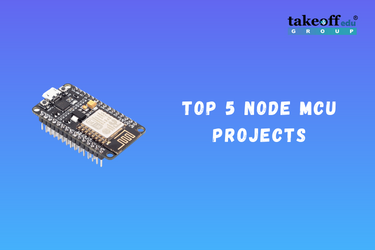 Top 5 Node MCU Projects
Top 5 Node MCU Projects 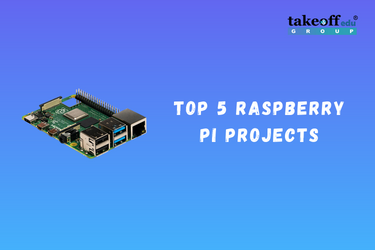 Top 5 Raspberry Pi Projects
Top 5 Raspberry Pi Projects  Top 7 ARM7 Project Ideas
Top 7 ARM7 Project Ideas  Top 5 Mechatronics Projects for ECE
Top 5 Mechatronics Projects for ECE  Top 5 Renewable Energy Projects Ideas
Top 5 Renewable Energy Projects Ideas  Top 7 Biomedical Projects for Students
Top 7 Biomedical Projects for Students  Top 7 Artificial Intelligence Project Ideas
Top 7 Artificial Intelligence Project Ideas  Top 7 WSN Projects for Students
Top 7 WSN Projects for Students  Top 7 Machine Learning Projects for BTech & MTech
Top 7 Machine Learning Projects for BTech & MTech  Top 7 Image Processing Projects
Top 7 Image Processing Projects  Top 7 Industrial Automation Projects
Top 7 Industrial Automation Projects  Top 7 Deep Learning Projects for Final Year Students
Top 7 Deep Learning Projects for Final Year Students  Top 7 Robotics Projects for Engineering Students
Top 7 Robotics Projects for Engineering Students  Top 7 IoT Projects for Students
Top 7 IoT Projects for Students 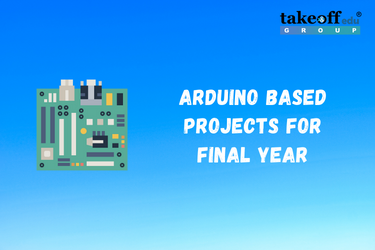 Arduino based Projects for Final Year
Arduino based Projects for Final Year  Embedded Projects for ECE
Embedded Projects for ECE 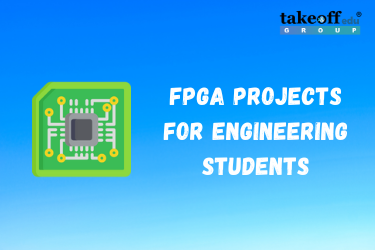 FPGA Projects for Engineering Students
FPGA Projects for Engineering Students  New Deep Learning Projects Ideas & Topics 2022
New Deep Learning Projects Ideas & Topics 2022  Machine Learning Projects for Final Year CSE
Machine Learning Projects for Final Year CSE 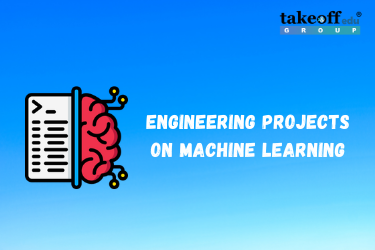 Engineering Projects on Machine Learning
Engineering Projects on Machine Learning 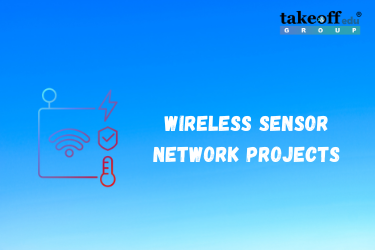 Wireless Sensor Network Projects with Source Code
Wireless Sensor Network Projects with Source Code  Latest Bio Medical Projects for Students
Latest Bio Medical Projects for Students  Innovative Bio Medical Project Ideas & Topics 2022
Innovative Bio Medical Project Ideas & Topics 2022  21+ Interesting Mini Projects on Robotics
21+ Interesting Mini Projects on Robotics  Engineering Student Projects on Robotics
Engineering Student Projects on Robotics 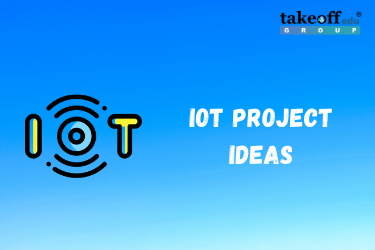 Innovative IoT Project Ideas for Engineering Students 2022
Innovative IoT Project Ideas for Engineering Students 2022 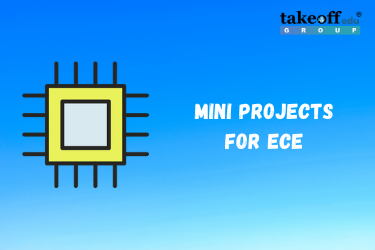 Latest Mini Projects for ECE Students 2022
Latest Mini Projects for ECE Students 2022 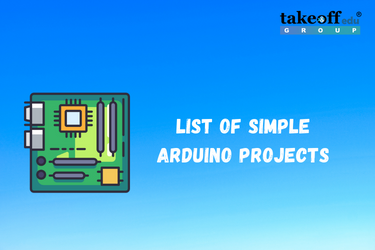 List of Simple Arduino Projects
List of Simple Arduino Projects 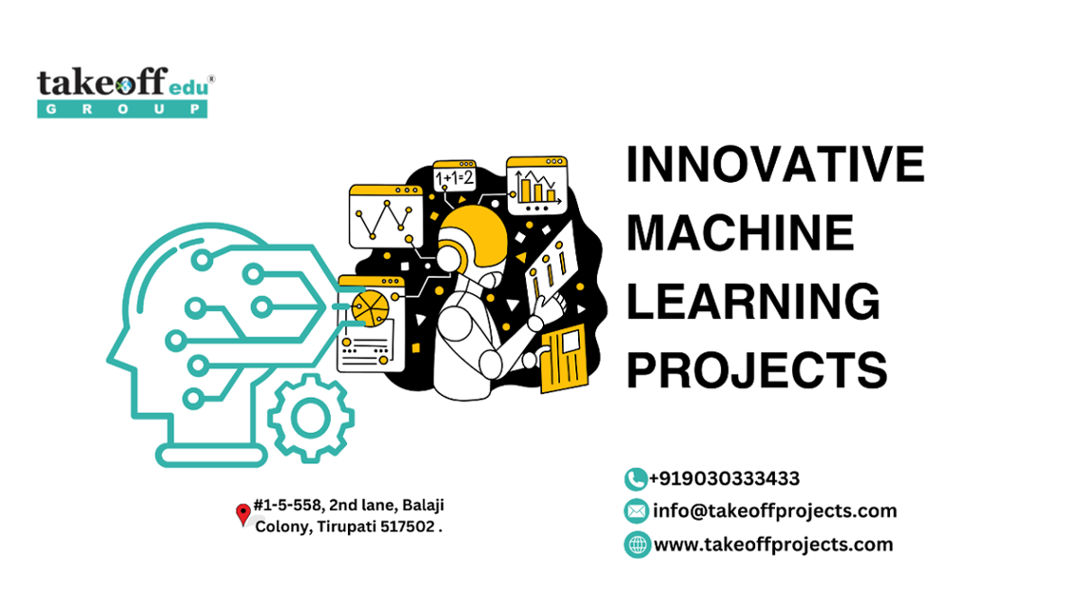 Innovative Machine Learning Projects
Innovative Machine Learning Projects 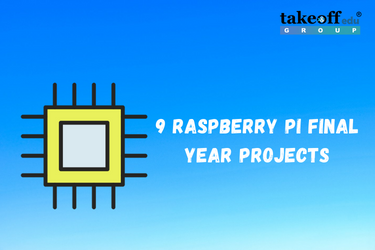 9 Raspberry Pi Final Year Projects
9 Raspberry Pi Final Year Projects 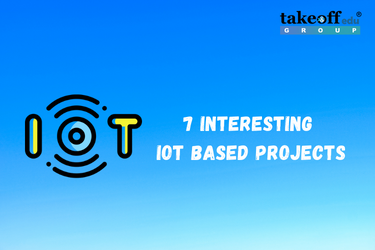 7 Interesting IoT Based Projects
7 Interesting IoT Based Projects 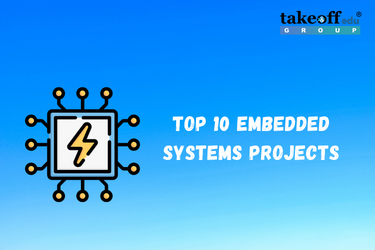 Top 10 Real Time Embedded Systems Projects for Students 2022
Top 10 Real Time Embedded Systems Projects for Students 2022 
 Paper Publishing
Paper Publishing


